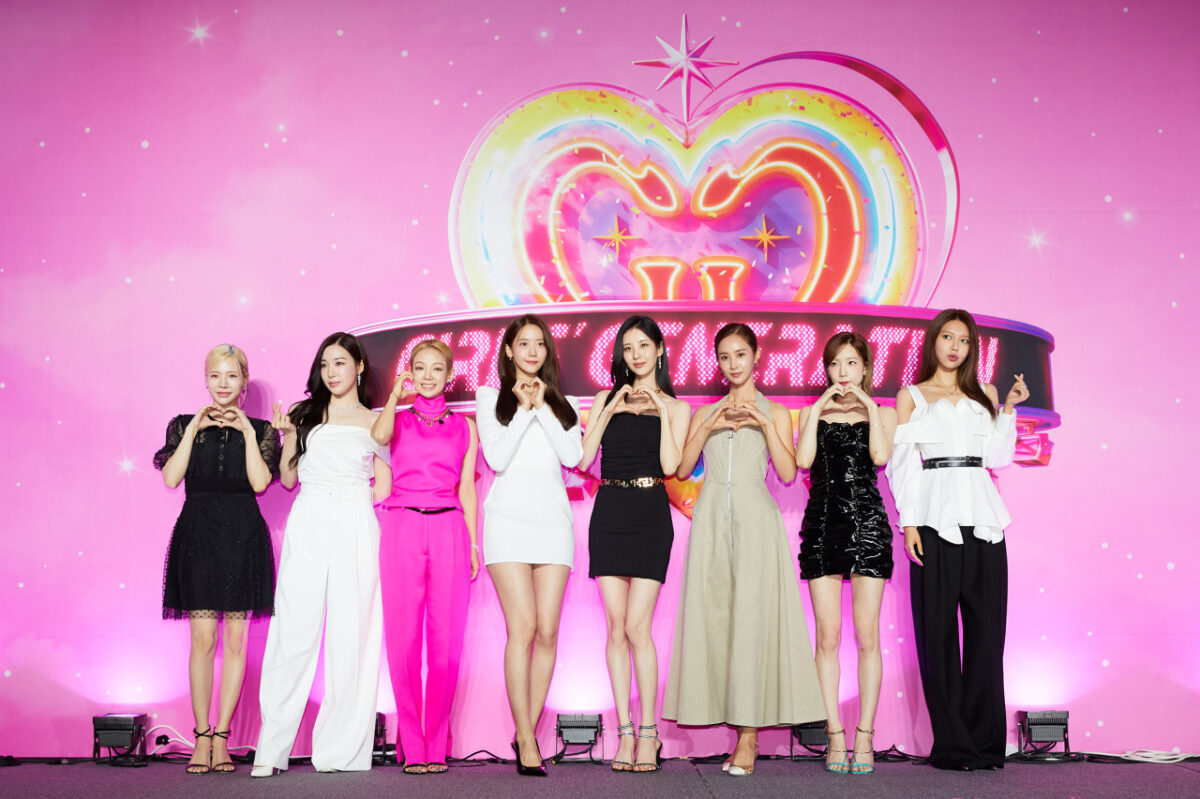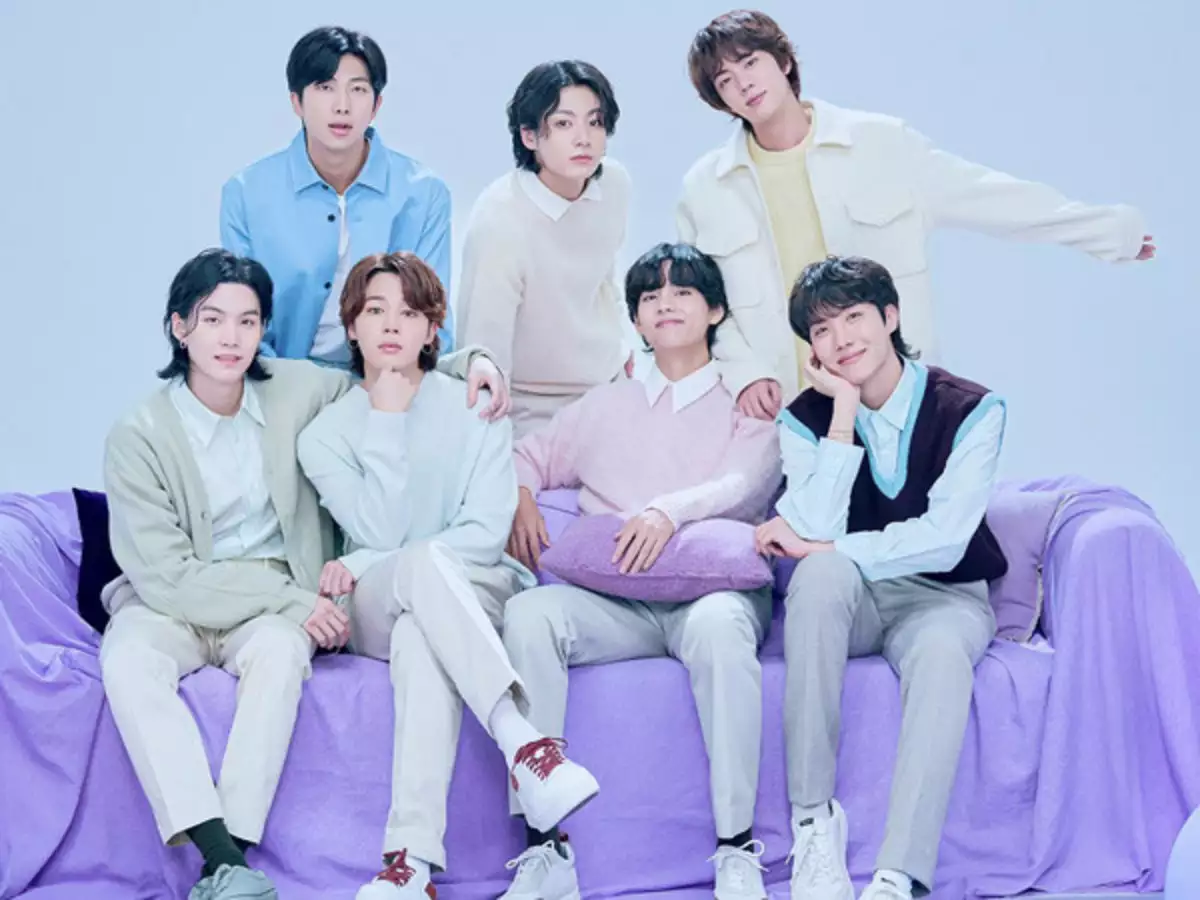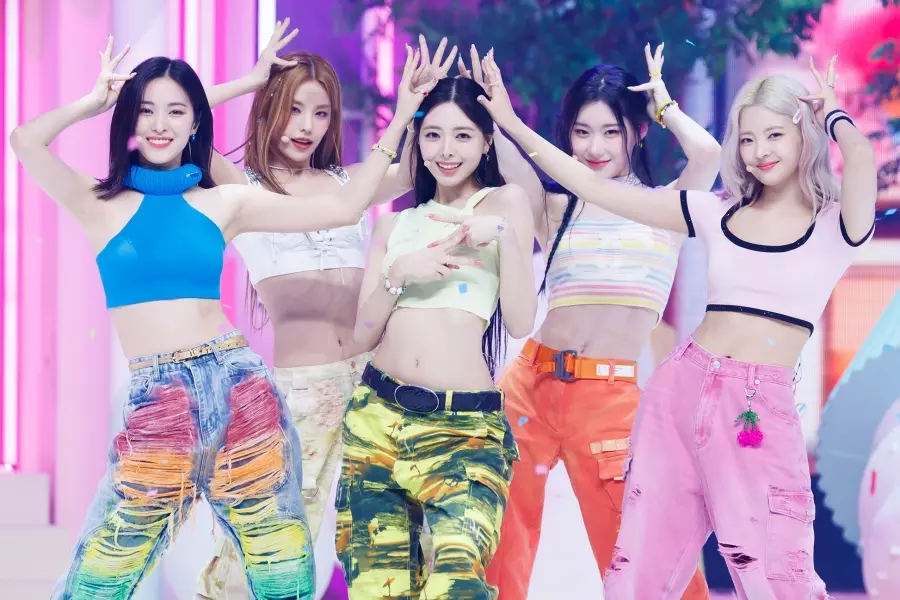If you’re just starting to delve into the vibrant world of K-pop, you might be wondering how many generations of K-pop there are. The K-pop industry has evolved significantly since its inception, and it can be challenging to keep track of the different generations and their defining characteristics. In this article, we’ll break down the various generations of K-pop and provide some insights into what makes each generation unique.
First Generation of K-Pop
The first generation of K-pop emerged in the 1990s and laid the foundation for what we know as K-pop today. This era was marked by the introduction of idol groups like H.O.T., SECHSKIES, and S.E.S., who played a pivotal role in shaping the genre. These groups were known for their catchy tunes, synchronized choreography, and distinctive fashion.

During the first generation, K-pop was primarily influenced by Western music, particularly pop and hip-hop. The artists of this era often performed in trendy attire, and their music videos showcased vibrant, youthful energy. While the first generation of K-pop may seem dated compared to more recent iterations, it’s essential to acknowledge its significance in shaping the entertainment industry.
Second Generation of K-Pop
The second generation of K-pop began in the early 2000s and is characterized by global recognition and increased experimentation with music and fashion. Iconic groups like Girls’ Generation, Super Junior, and BIGBANG gained international popularity during this period.

One of the defining features of the second generation was the expansion of the Hallyu wave, which refers to the global spread of Korean culture. K-pop groups started performing overseas, and their music videos garnered millions of views on YouTube. This generation also saw an increased emphasis on storytelling in music videos and a wider variety of music genres, including R&B, hip-hop, and electronic dance music.
Third Generation of K-Pop
The third generation, which began in the mid-2010s, saw a significant shift in the industry. The emergence of groups like EXO, BTS, and TWICE brought about a new level of international fame for K-pop. Social media platforms played a crucial role in connecting fans worldwide, allowing them to interact with their favorite idols directly.

One of the most remarkable aspects of the third generation is the focus on self-production. Many K-pop groups started participating in writing and producing their music, giving them more creative control over their careers. This generation also witnessed the rise of the “idol-actor” concept, where K-pop idols pursued acting careers alongside their music endeavors.
Fourth Generation of K-Pop:
The fourth generation of K-pop, which began around 2018, is marked by an even greater diversification of styles and influences. Groups like ITZY, ATEEZ, and Stray Kids have gained recognition for their unique concepts and sound. The fourth generation has seen a fusion of different music genres, including rock, trap, and reggae, further expanding the boundaries of K-pop.

Additionally, the fourth generation has emphasized individuality and authenticity among idols. Many K-pop artists openly discuss mental health issues and their personal experiences, helping to break down the traditional image of perfection associated with idols. This generation also places a strong emphasis on inclusivity and diversity, welcoming non-Korean members into groups and promoting a more global outlook.
Fifth Generation of K-Pop
As of 2023, the K-pop industry is believed to have entered the fifth generation. While it is still evolving, some key trends are beginning to emerge. K-pop groups like ENHYPEN, aespa, and TOMORROW X TOGETHER are gaining attention for their innovative music and multimedia concepts. The fifth generation is marked by advanced use of technology, including virtual avatars and augmented reality experiences in music videos and live performances.

One interesting aspect of the fifth generation is the increasing influence of Korean media in defining the generations. Korean media outlets play a crucial role in recognizing the shifts and trends within K-pop and have helped label certain groups as representatives of specific generations.
The Evergreen Groups: Amid the changing landscape of K-pop generations, several first-generation groups like Shinhwa, g.o.d, and Fly to the Sky continue to be active and maintain their popularity. These “evergreen” groups have shown their resilience by adapting to new styles and connecting with both old and new generations of fans.
Conclusion
In conclusion, K-pop has come a long way since its inception in the 1990s. The industry has evolved through multiple generations, each with its own defining characteristics and trends. From the catchy tunes and synchronized choreography of the first generation to the global influence and self-production of the third generation, K-pop has continually reinvented itself.
As we enter the fifth generation, K-pop continues to push boundaries and embrace innovation, demonstrating its ability to adapt and thrive in an ever-changing music landscape. Whether you’re a fan of the classics or excited about the latest trends, K-pop offers something for everyone, making it a genre that transcends generations and connects fans from all over the world.
Read More:
WHAT IS THE BURNING MAN FESTIVAL? WHERE IS IT HELD IN 2023?
WHO IS LENI OLUMI KLUM? HOW IS SHE RELATED TO SEAL?
IS BEYONCE PREGNANT IN 2023? HOW MANY CHILDREN DOES SHE HAVE?
